Buried beneath Frederiksberg Hill in the heart of Søndermarken Park, in Copenhagen, is a massive underground space that once held up to 16 million liters of water for the residents of Copenhagen. Before the Cistern was built, Copenhagen had some major water problems during the 1800s. Among other things, the water source was heavily polluted, and as the city grew vertically it became more and more difficult for water to reach the upper floors. When a cholera epidemic in 1853 claimed the life of more than 4,700 residents, a decision was made to build a new cistern to improve Copenhagen’s drinking water.
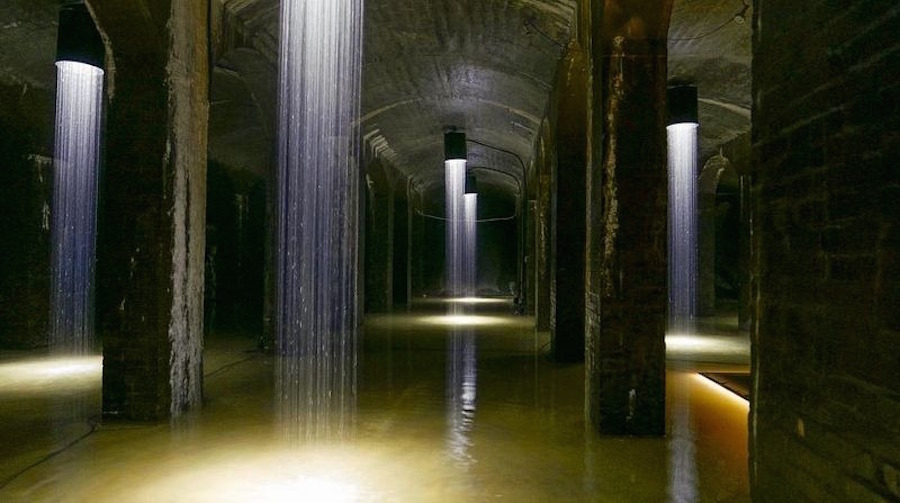
Frederiksberg Hill was chosen as the location for the new reservoir because of its height, and excavation began in 1856. The reservoir was completed three years later. Originally the reservoir was an open pool of water, but in 1889 it was covered with a molded concrete structure to minimize chances of pollution and infection.
The Cistern ceased to function as drinking water reservoir in 1933, but it wasn’t drained until 1981. In 1996, in connection with Copenhagen’s status as European City of Culture, and through a joint initiative between the City of Frederiksberg and gallery owner Max Seidenfaden, the underground water reservoir was put to use as an exhibition space. Since then, the Cistern has held art exhibitions and various events with architecture and atmosphere being its core subject.
The Cistern has a floor space of 4,320 square meters. Its ceiling is 4.2 meters high, from which hang stalactites and stalagmites that formed from more than a hundred years salt accumulation when this space was flooded with water. When the Cisternerne was converted into a museum, these delicate structures were, and still are, left undisturbed.
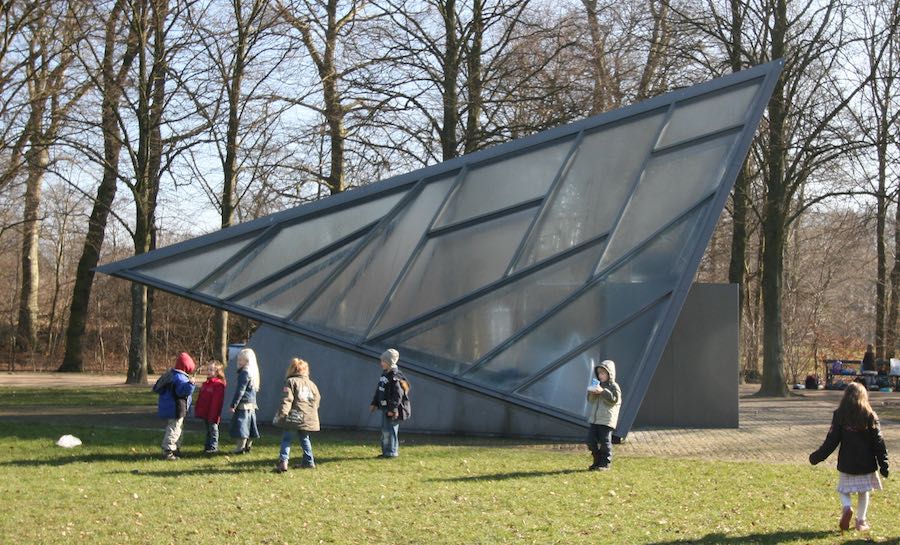
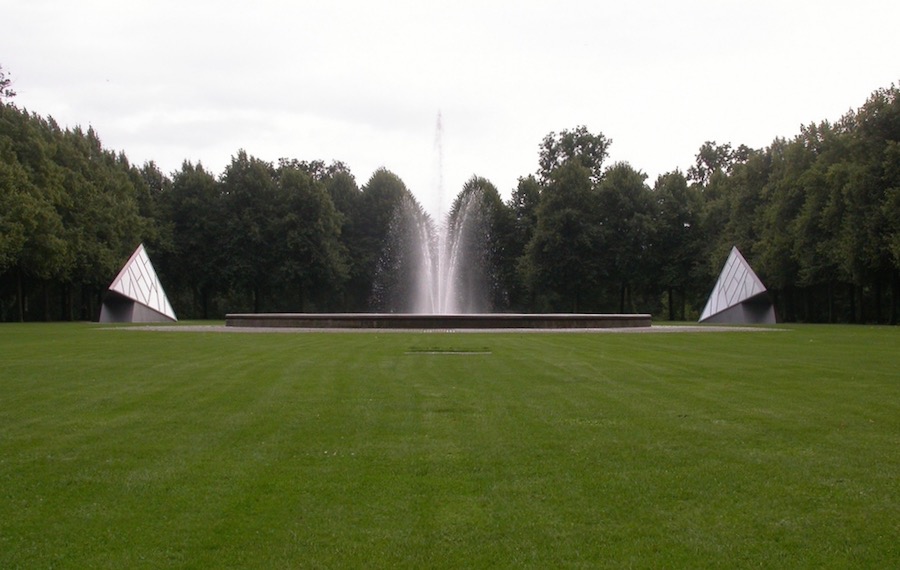
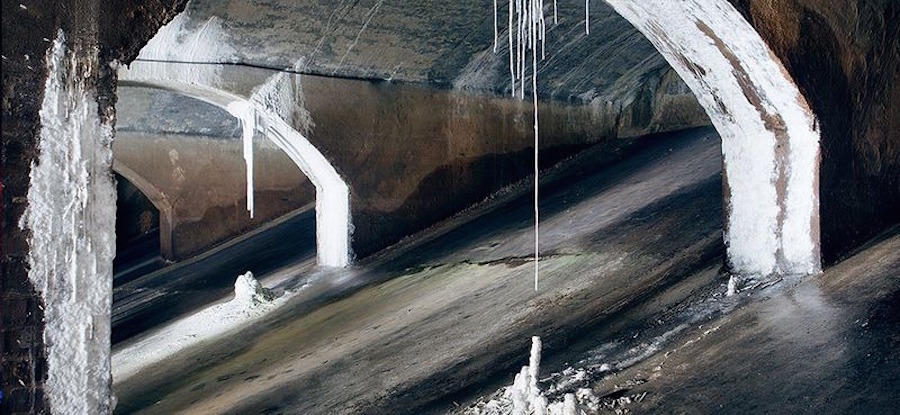
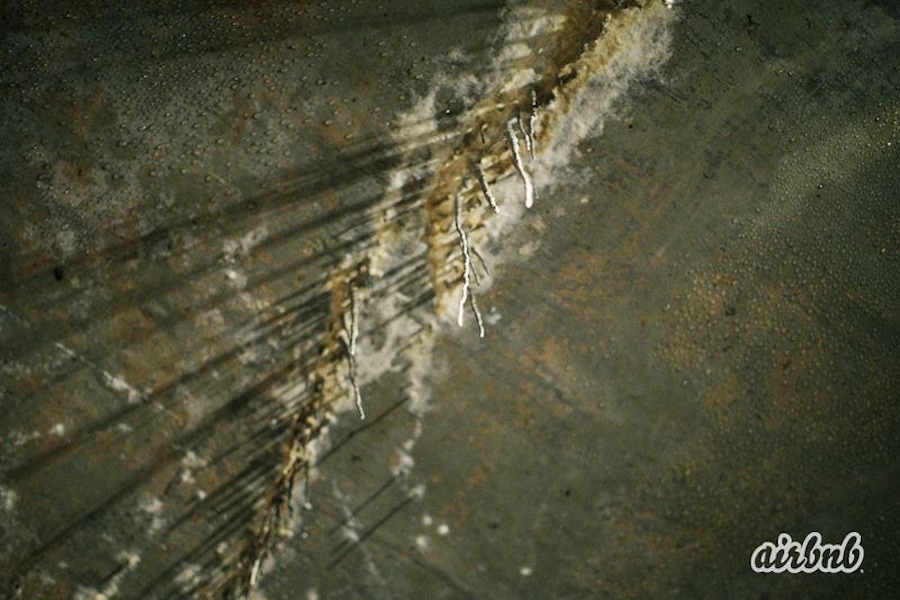
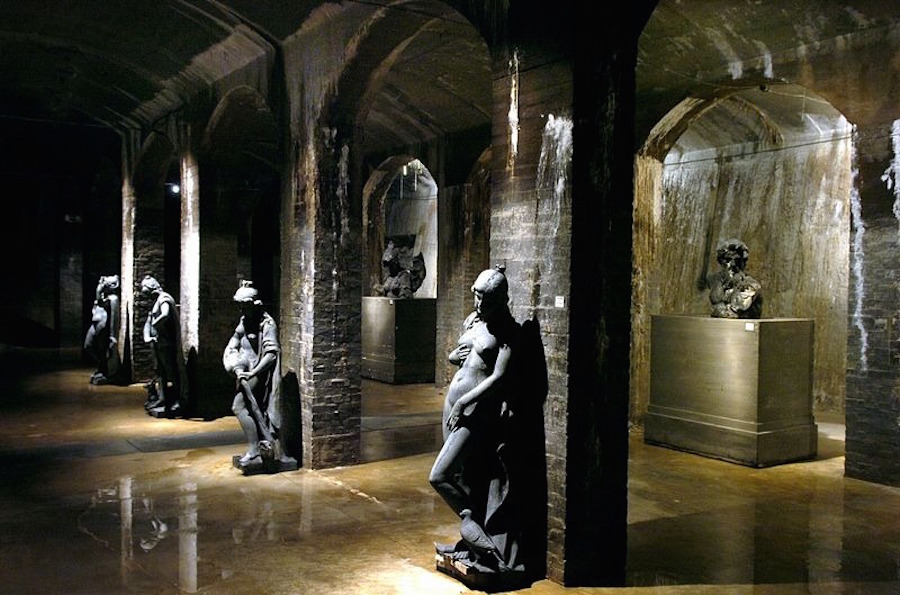
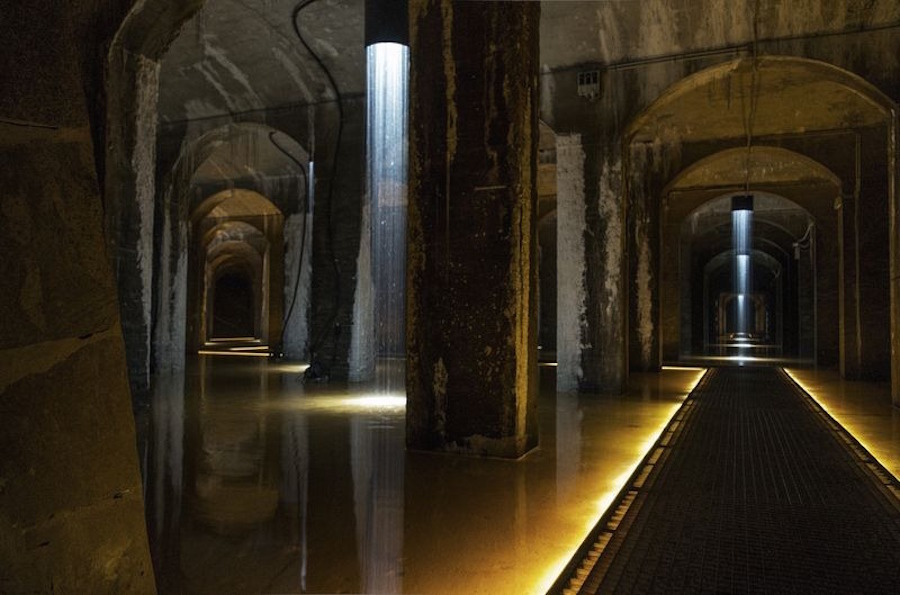

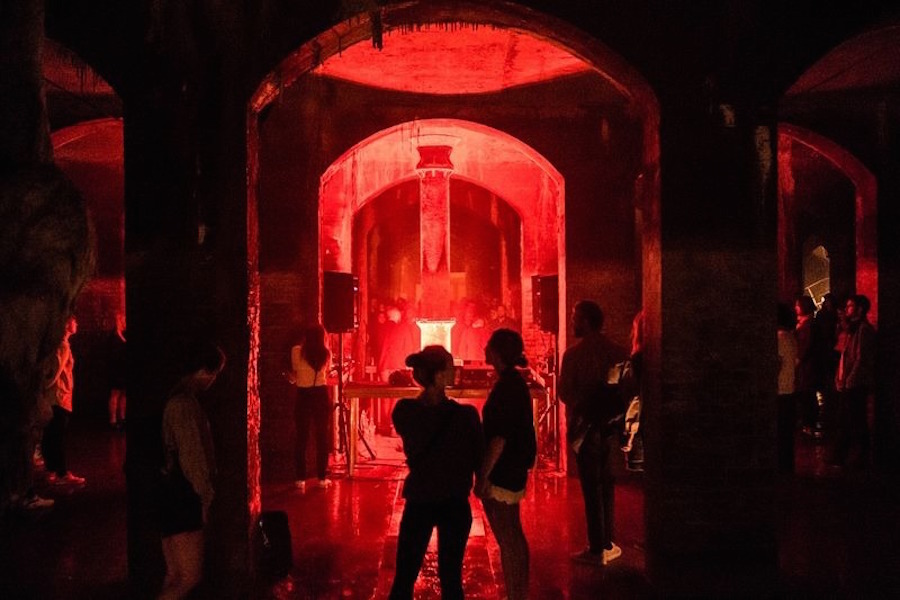
From our partners:
This feature originally appeared in Amusing Planet.
















